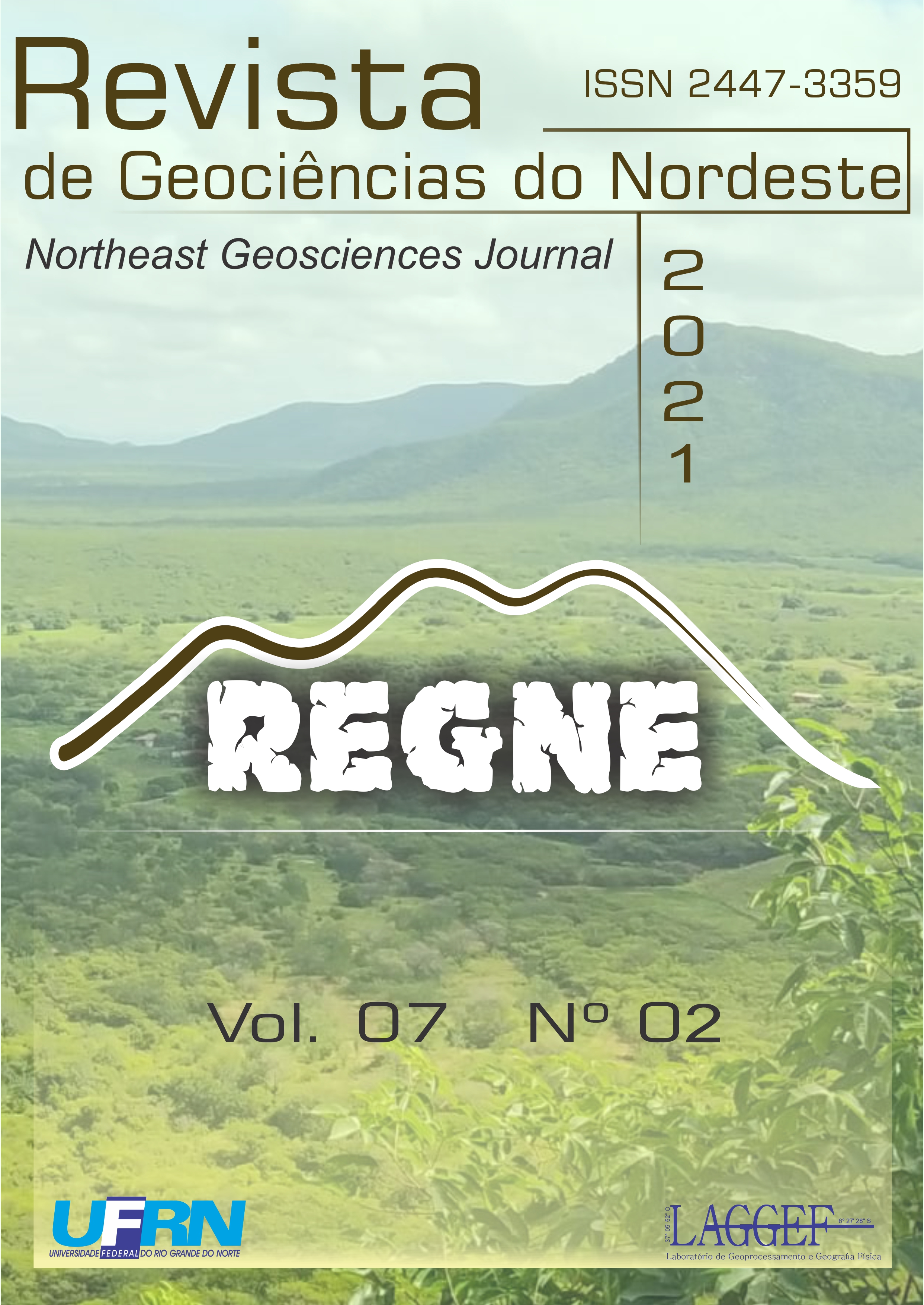Estimating invasive grasses heights with images from a remotely piloted aircraft in Brazilian Cerrado: accuracy of Global Navigation Satellite System from Phantom 4
DOI:
https://doi.org/10.21680/2447-3359.2021v7n2ID20423Abstract
The purpose of this study was to estimate the height of invasive plants from UAV images using the GNSS integrated into the UAV and to evaluate the accuracy of the GNSS. DSM and DTM elevation models were produced from images collected by remotely piloted aircraft (RPA). The production of CHIS occurred through the subtraction of the DSM and the DTM. In order to assess the accuracy of the CHIS+GNSS model, the CHIS+RTK model was generated as the observed variable. The comparison between the models took place in two sample areas represented by typical vegetation of Cerrado and Brachiaria grass. The statistical tests adopted were: Spearman correlation, RMSE, MAE and Wilcoxon test. The visual interpretation of the selected images showed that the CHIS+GNSS model presented errors in the identification of the ground cover represented by invasive grasses when compared to the CHIS+RTK model, being less accurate in the classification of the canopy heights of the invasive species. Statistical tests indicated that the CHIS+GNSS model showed significant differences in the identification of invasive species, with greater height error (0.24 cm) in the sample area. From these results it can be seen that the CHIS+RTK model is more assertive in detecting ground cover composed by exotic grasses than the CHIS+GNSS model.


 Português (Brasil)
Português (Brasil) English
English







